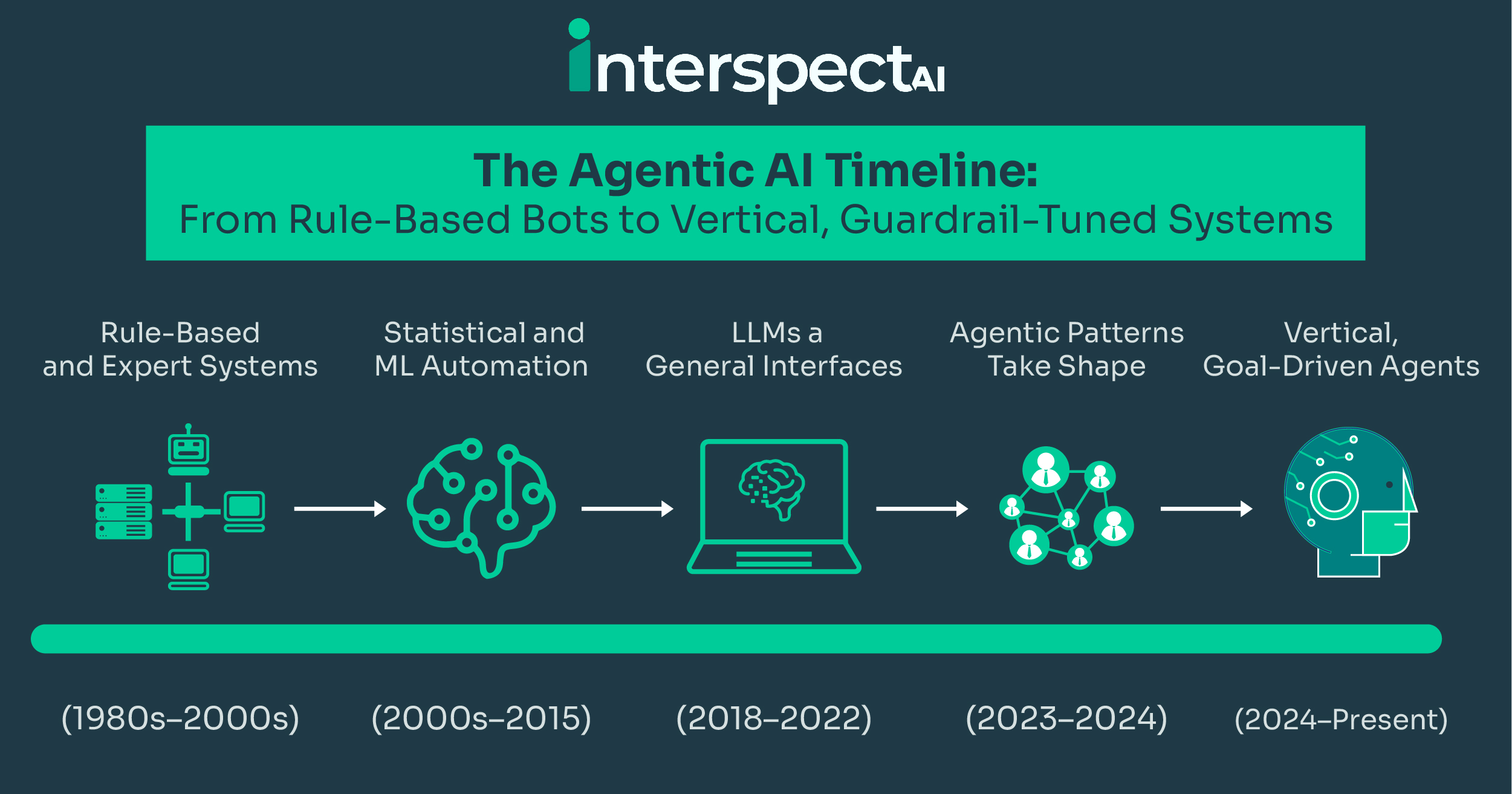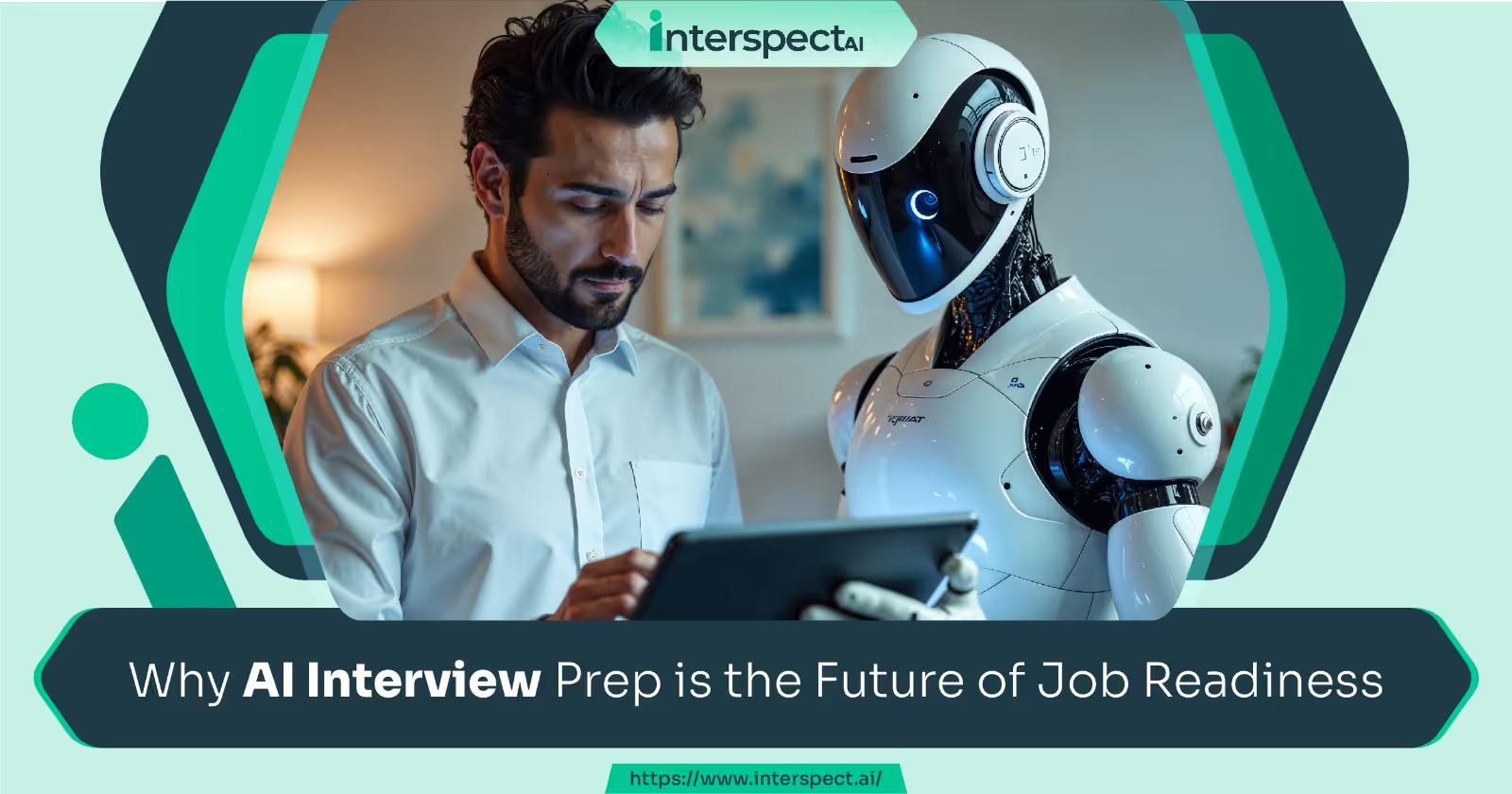Why 2026 Will Be the Year Interactive Conversations Replace Static Forms



Static forms have long been the go-to method for collecting information. Whether for a job application or a customer survey, they are familiar and easy to implement. But as we move into 2026, businesses are realizing a critical limitation: forms are inherently one-way, impersonal, and often abandoned midway.
The rising adoption of interactive, AI-powered conversations is signaling a fundamental shift. These conversations are becoming the most effective way to gather information, engage users, and make faster, more accurate decisions.
The Limitations of Static Forms
Forms were never meant to be engaging. They rely on a rigid, one-size-fits-all approach, showing each user the same set of questions in the same order. This rigidity leads to multiple issues:
- Low engagement and completion rates: Users often drop off midway, especially if the form is long or repetitive.
- Lack of personalization: Forms cannot adapt to an individual’s role, experience, or context.
- Delayed insights: Data collected through forms often requires manual review and analysis before actionable decisions can be made.
In short, static forms are functional, but they don’t create an experience. And in 2026, experience will matter more than ever.
Why Interactive Conversations Are Taking Over
Interactive conversations, powered by AI, offer a fundamentally different experience. Instead of forcing users to fill in blanks, they engage in dynamic, adaptive dialogue that feels human. Here’s why they are replacing forms:
- Dynamic and adaptive questioning: AI platforms adjust questions in real-time based on prior responses, ensuring relevance and accuracy.
- Higher engagement: People are more responsive to conversational interactions than to static checklists, resulting in fewer drop-offs.
- Immediate insights: Responses are structured and analyzed instantly, enabling faster decision-making.
- Personalization: Conversations can be tailored to the role, experience level, or industry, making the interaction more relevant and meaningful.
For businesses, this means no more sifting through incomplete forms or chasing missing information. Every conversation is designed to deliver clarity and actionable data.
The Technology Driving the Shift
The rise of AI and conversational platforms is a central component of this transformation. These tools are the very backbone of the shift from static forms to dynamic dialogue.
A Practical Example: InterspectAI's Spectra
To see this new conversational future in practice, consider platforms like InterspectAI and its core tool, Spectra. This agentic AI interview platform augments the hiring process with intelligent, conversational agents. For a job candidate, this means engaging in a natural dialogue with an AI that adapts to their responses, providing a more human and engaging experience. Spectra provides immediate insights by offering instant assessments and extracting structured data in real-time. This eliminates the need for manual review of first-round interviews, providing recruiters with actionable insights more quickly. In this way, InterspectAI’s tools not only streamline the interview process but also fundamentally improve the process of gathering and analyzing information at scale.
Business Impact in 2026
Interactive conversations are not just a user-friendly upgrade; they drive tangible business outcomes:
- Faster, higher-quality hiring: Recruiters can assess candidates through AI-driven interviews that adapt in real-time, delivering instant scoring and behavioral insights.
- Better customer engagement: Brands can capture nuanced feedback, understand preferences, and respond proactively.
- Scalable personalization: Organizations can deliver personalized experiences at scale, whether for sales, support, or surveys.
Companies still relying solely on forms risk slower processes, lower engagement, and missed insights—all at a time when competitors are leveraging conversations to gain a strategic edge.
The Human Element
Beyond efficiency, interactive conversations restore the human touch to digital interactions. They reduce the frustration of filling out repetitive forms, build trust through natural language, and promote fairness with unbiased, non-profiling algorithms. Users feel heard and understood, while businesses gain richer, more reliable data.
Conclusion
2026 will be the tipping point for how organizations collect information. Static forms, once indispensable, are being replaced by interactive, AI-powered conversations that are engaging, adaptive, and rich in data. Companies that continue to rely on forms risk falling behind in engagement, efficiency, and the quality of insights.
To learn how InterspectAI can help your business make the shift, explore our solutions and schedule a demo today.
The future is conversational—and the time to embrace it is now.
FAQs
1. How do conversational AI platforms handle data privacy and security?
Conversational AI platforms like InterspectAI prioritize security by using end-to-end encryption. They are designed to be compliant with major data protection regulations, such as GDPR, CCPA, and HIPAA, to ensure that all collected data is handled responsibly and securely.
2. What industries can benefit most from replacing forms with conversational AI?
While nearly all industries can benefit, those with high-volume data collection needs, such as HR and recruitment, customer service, market research, and sales, tend to see the most significant gains in efficiency, engagement, and data quality.
3. Is implementing a conversational AI tool complicated or time-consuming?
Many modern conversational platforms are designed to be plug-and-play, with straightforward integration. They can often be integrated into existing websites, apps, or HR systems with just a few lines of code, making the transition relatively seamless.
4. How does conversational AI reduce bias compared to traditional forms?Conversational AI platforms utilize non-profiling algorithms that focus on the content of the response rather than demographic or personal data, resulting in a more objective and fair assessment. This ensures that every user is evaluated solely on the merit of their answers.
Subscribe to The InterspectAI Blog


%201.svg)






